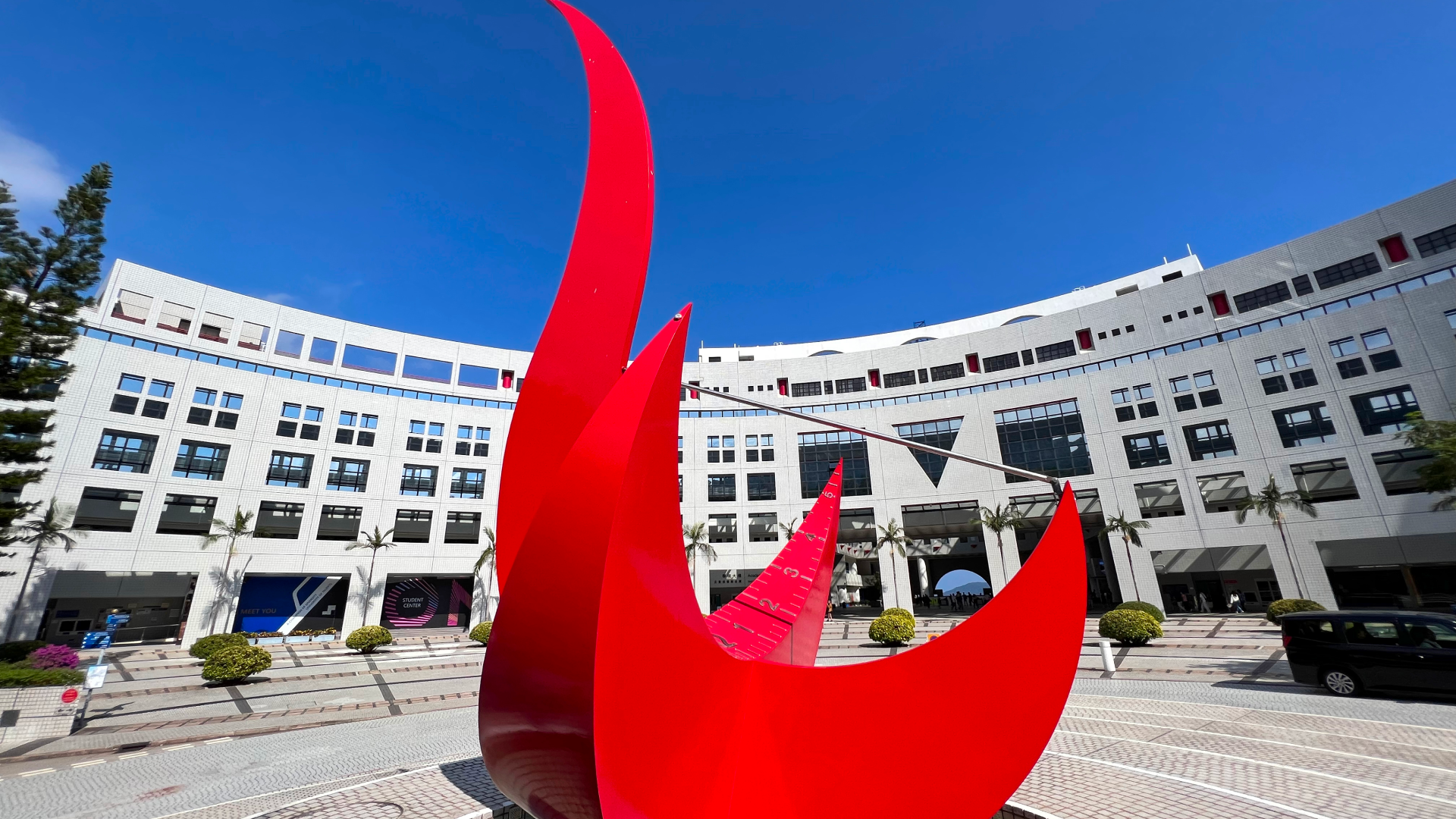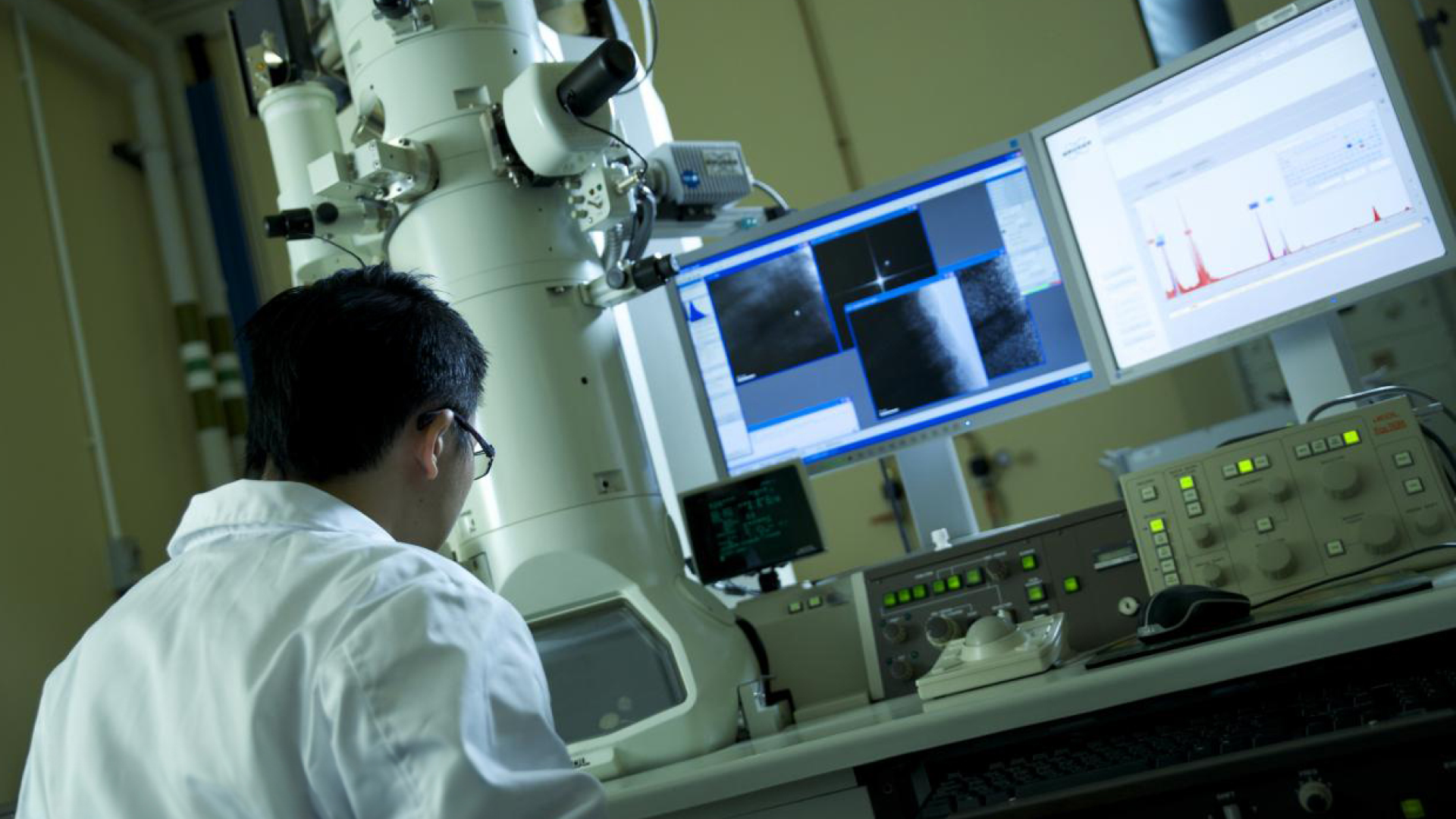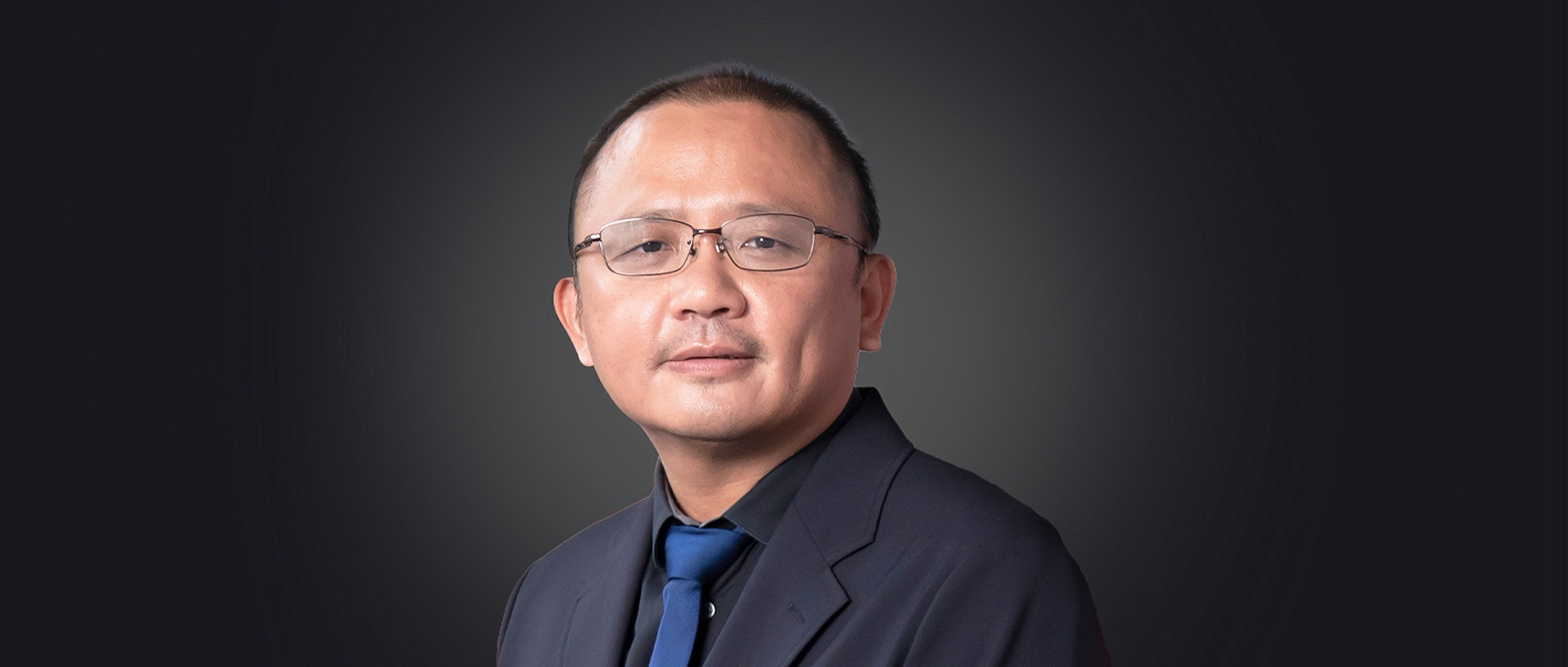Predicting the Possible: Prof. DAI Xi’s Persistent Climb to Future Science Prize
Physics unlocks many of the universe’s enigmas, thanks to the relentless dedication of many great minds. Among them is Prof. DAI Xi, the Dr William M W Mong Professor of Nanoscience and Chair Professor of Physics at The Hong Kong University of Science and Technology (HKUST). His theoretical work in condensed matter physics and topological materials research has added fresh perspectives to modern physics, earning him the prestigious 2025 Future Science Prize—widely regarded as China’s equivalent to the Nobel Prize.
Unearthing Hidden Gems with Persistence
Prof. Dai’s immediate reaction to winning the award was filled with humility and gratitude, “I am deeply thankful for the recognition from the selection committee, both for myself and my dedicated collaborators who have worked alongside me throughout these years. This accolade is a testament to our perseverance,” he said. He emphasized that his work was not a solitary triumph but the result of collective efforts and foundational work laid by predecessors and peers in the field.
Central to his scientific journey is the philosophy of having a “calm mind”. This approach echoes the aphorism, “keep calm and carry on”—a steadfast attitude undeterred by setbacks or successes. He likened scientific research to mining for gems: “You might dig for a long time and find nothing, but as long as you persist, you will eventually uncover your own precious gem one day.”
From Theories to Triumphs
It is from this space of quiet perseverance that Prof. Dai’s groundbreaking contributions have emerged. While others may race for recognition, he and his collaborators focus on a meticulous “staircase method of research.” From theory to computation, they started with simple, highly symmetric models to understand the rules of topological materials before gradually tackling more complex challenges.
Before employing this methodical approach, Prof. Dai had already made a series of visionary predictions. Most notably, in 2010, he and Prof. FANG Zhong, Director of the Institute of Physics at the Chinese Academy of Sciences, theoretically predicted that the quantum anomalous Hall effect is causally associated with magnetically doped topological insulators. Three years later, this prediction was verified experimentally, marking a historic first in physics.
Just a decade ago, his other work led to the discovery of the first-ever Weyl fermions in solid-state material, a landmark achievement that was selected by the journal Physical Review as one of the 49 most groundbreaking discoveries in its 125-year history, and the only work from China to make the list. These advances are fundamental pillars of the quantum future.
Sharpening the Tools First
As the Confucian saying goes, a craftsman must first sharpen his tools to do good work. The same applies to physicists. In Prof. Dai’s case, the wave functions of quantum materials presented a dizzying amount of data, akin to searching for a needle in a haystack. To tackle this thorny challenge, his team developed the Wilson loop method, a computational tool designed to extract and categorize essential topological features from vast datasets.
The topological band search method they established explicates the computational steps, extracted features, and indicators for determining topological properties. After providing comprehensive information to AI, the system performs extensive searches. Prof. Dai and his team successfully navigated these intricate challenges and completed high-throughput computational screening. Today, their methods have helped identify thousands of topological materials.
Prof. Dai described this human-AI collaboration in a light-hearted manner: “We are not replaced by algorithms. We are the coaches of AI, tasked with teaching the AI ‘athlete’ efficiently so it can go to the Olympics and win medals.” He views the partnership between humans and AI as a powerful combination for scientific discovery.
Eyes on the Horizon
Amid these achievements, Prof. Dai remains curious about the unknown. With his sight firmly set on the future, he said, “topological superconducting materials are the next key focus of excavation,” indicating a new direction in his research on topological electronic states.
Moreover, Prof. Dai is poised to venture into electron hydrodynamics. He vividly draws an analogy to atmospheric physics, wondering if manipulating electrons like a fluid could lead to a quantum “typhoon.”
This year marks the United Nations’ International Year of Quantum Science and Technology. With Prof. Dai, a luminary in the field, winning the 2025 Future Science Prize, we eagerly anticipate the precious gems of knowledge that he and his team will continue to unearth in the quantum world.









